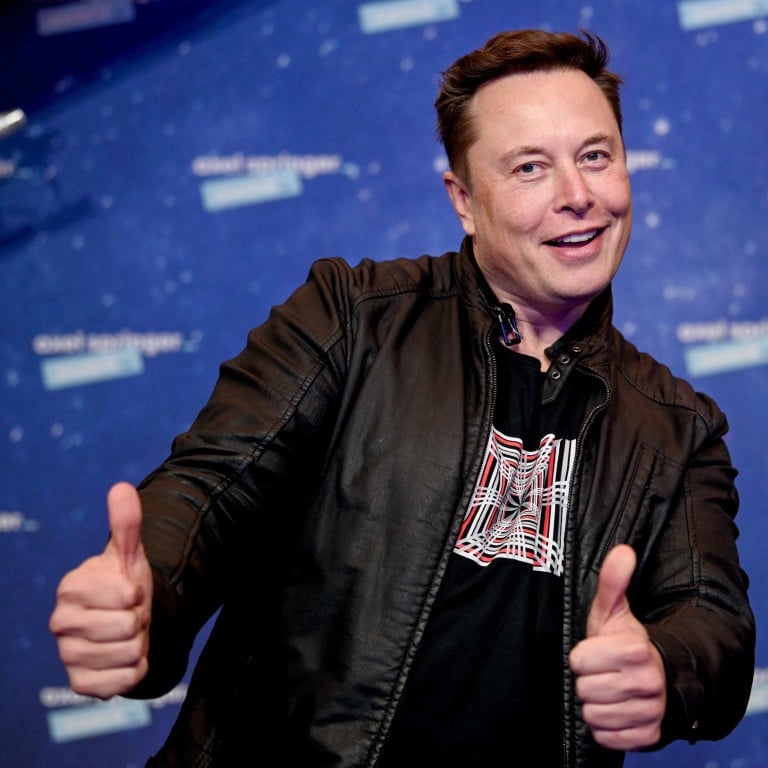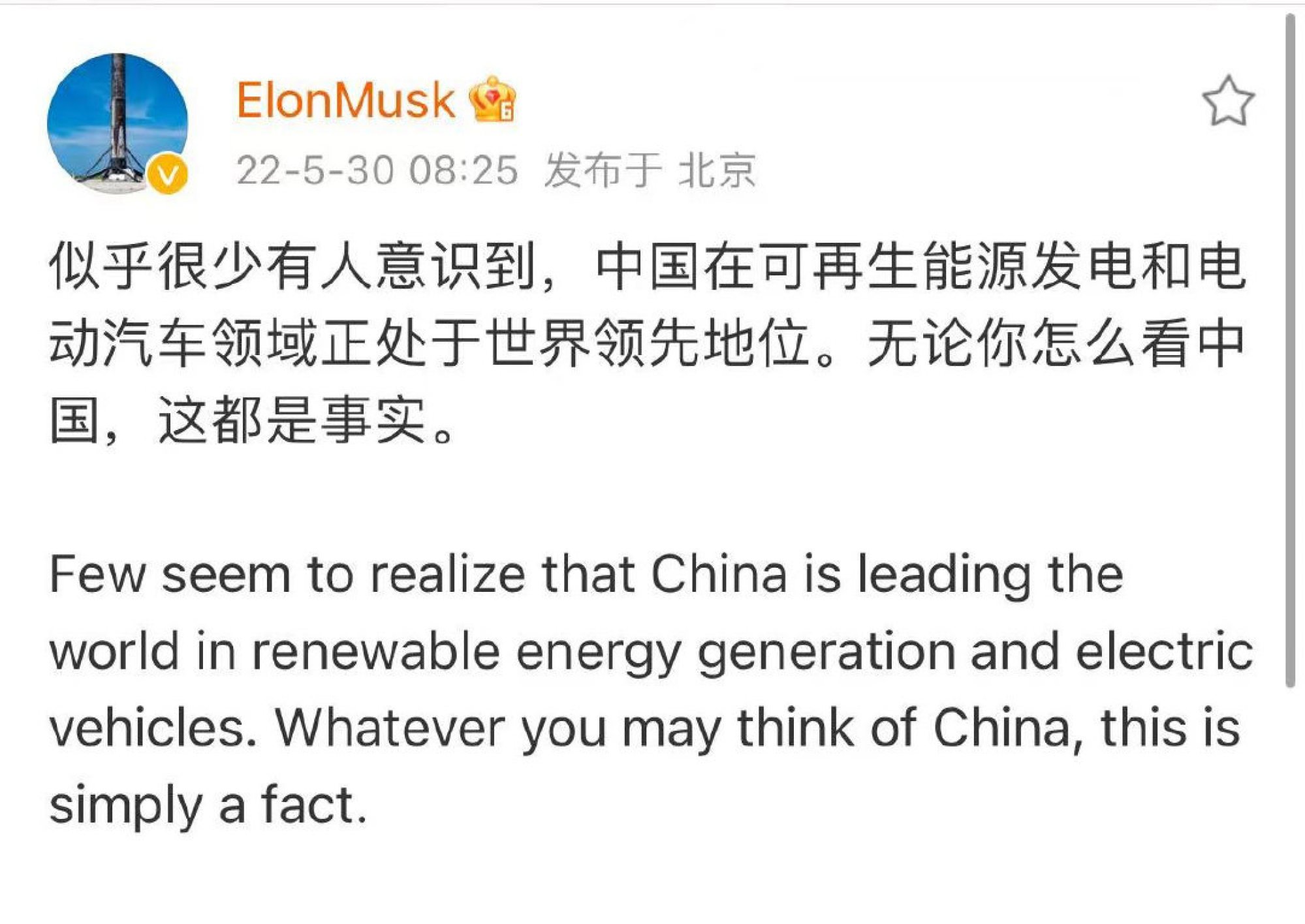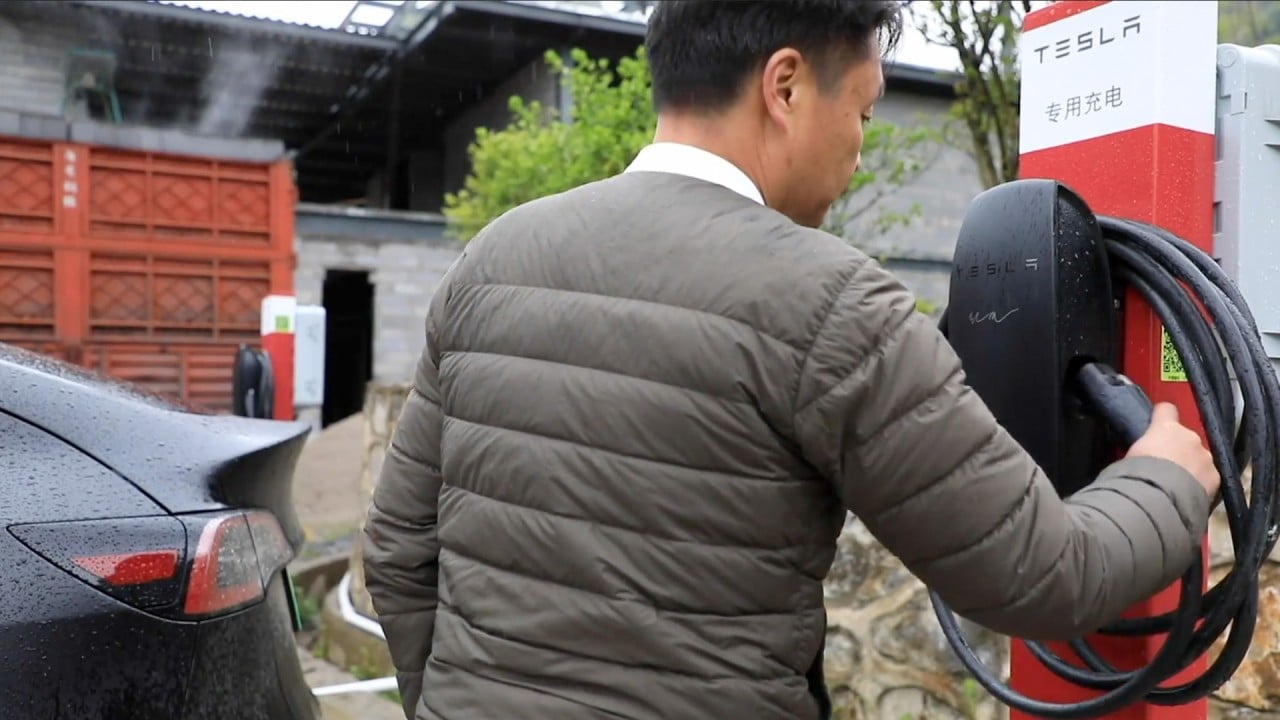
Elon Musk gives ringing endorsement to China’s global lead in renewable energy and electric vehicles on Twitter and Weibo
- Musk’s comment can be interpreted as a warning that US policymakers must ensure China continues to cooperate on climate change, analysts say
- It is much more productive for the US and China to cooperate on clean energy technology development, says executive at Hong Kong consultancy

“Given China’s existing capability and continued investment in the value-chain of clean energy technology development, it is much more productive for the US and China to work cooperatively in [this area],” said Lucas Zhang Liutong, director of Hong Kong-based consultancy WaterRock Energy Economics.
China quietly takes 10 per cent of global market for hydrogen fuel-cell vehicles
“If parts of the clean energy supply chain, like battery and smart grid equipment, come under bifurcation pressures like those seen in 5G [wireless technology], equipment costs will increase and the pace of decarbonisation in many developing countries may slow down further,” he added.
China is the world’s largest emitter of carbon dioxide and was responsible for 30 per cent of last year’s worldwide emissions. The greenhouse gas is known to be the biggest contributor to global warming. But while it is the world’s largest consumer of coal, the most carbon-intensive fuel, China is also the world’s leading producer of hydro, wind and solar power.
The Chinese battery maker at the forefront of revolutionising EVs
Moreover, it is the world’s largest market for automobiles running on electric batteries and hydrogen fuel cells, with almost three million units sold last year, according to the China Passenger Car Association. By the end of last year, China’s installed solar generating capacity made up a third of the global total, according to Brussels-based sector association SolarPower Europe.
China’s fleet of wind farms accounted for 39 per cent of global installed capacity by last year’s end, data from industry body Global Wind Energy Council (GWEC) shows. The country also accounted for 58 per cent of global wind turbine manufacturing capacity, followed by Europe’s 18.5 per cent, the US’s 10 per cent and India’s 8.5 per cent.
At the same time, “China dominates the processing of many of the minerals and rare earth elements required to deliver the energy transition”, GWEC said in its annual industry report in April. It controls some 40 per cent of global cooper refining capacity, 35 per cent of the capacity for nickel and 87 per cent of that for rare earths, it said. These materials were key to the manufacture of wind turbines, among other things.
How Beijing plans to lead the world with ‘Made in China 2025’
The ongoing US-China trade conflict and an increase in the prices of raw materials and commodities had impacted the pricing and procurement of wind turbine components globally, GWEC said.
Musk, a strong clean energy supporter and the largest shareholder of Tesla, which makes EVs and solar energy generation and energy storage products, said in a post on Weibo two months earlier that “sustainable energy generation from sun and wind is making great progress”.
Tesla sources solar system components from multiple parties and installs roof solar systems at homes and businesses in the US. Overseas, it only sells to the residential market.
Last year it sold nearly 1 million EVs and installed 345 mega-watts (MW) of solar energy systems and 3.99 gigawatt hours of energy storage products. One MW of solar generation can power around 270 homes in California, according to Washington-based Solar Energy Industries Association.
Energy generation and storage made up 5.2 per cent of Tesla’s total revenue of US$53.8 billion in 2021, with the rest coming from EVs.


